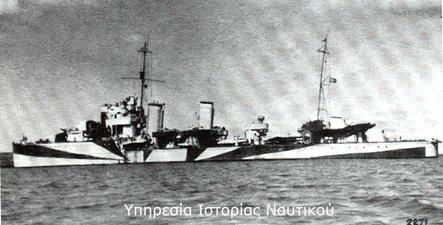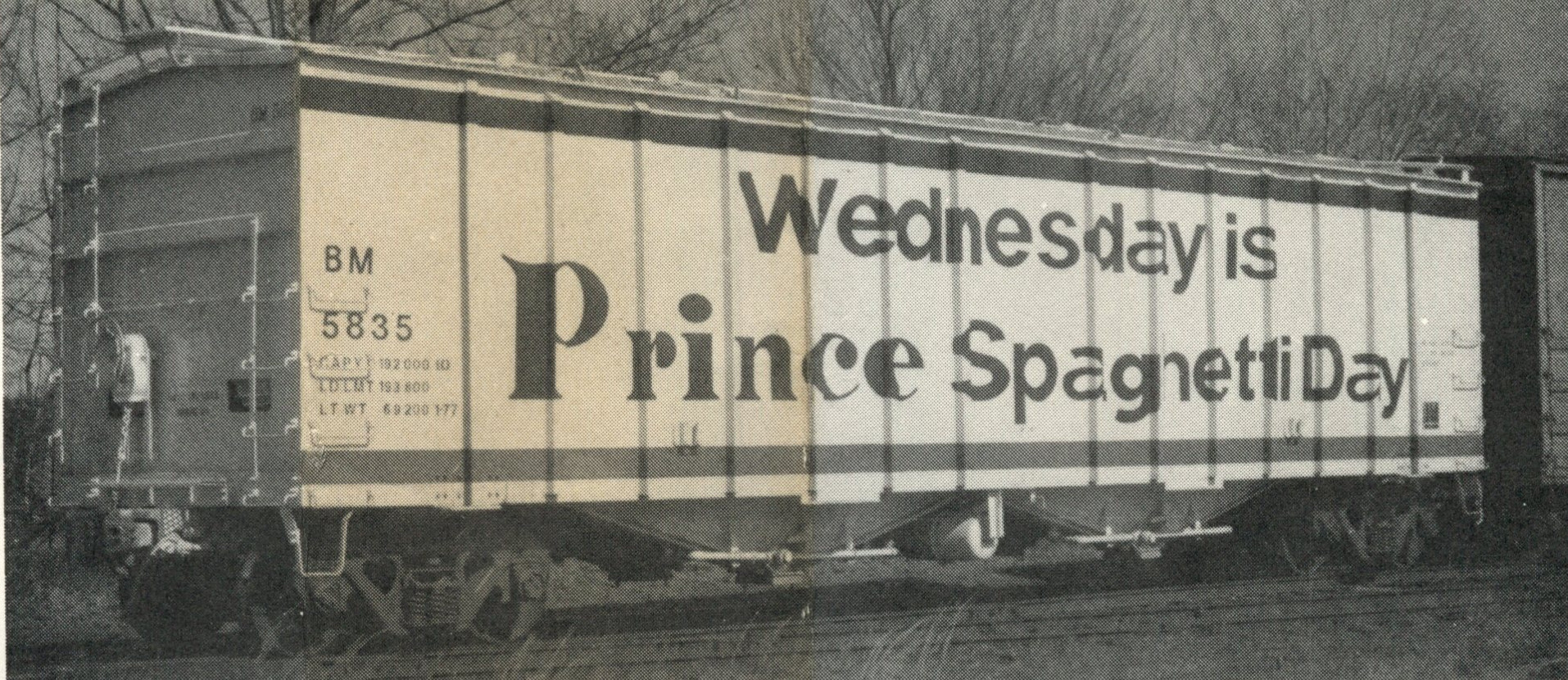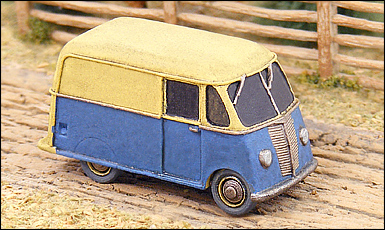Type VII U-boats were the most common type of German World War II U-boat.
The Type VII was based on earlier German submarine designs going back to the World War I Type UB III and especially the cancelled Type UG, designed through the Dutch dummy company Ingenieurskantoor voor Scheepsbouw den Haag (I.v.S) which was set up by Germany after World War I in order to maintain and develop German submarine technology and to circumvent the limitations set by the Treaty of Versailles, and was built by shipyards around the world. The Finnish Vetehinen class and Spanish Type E-1 also provided some of the basis for the Type VII design. These designs led to the Type VII along with Type I, the latter being built in AG Weser shipyard in Bremen, Germany. The production of Type I was cut down only after two boats; the reasons for this are not certain and range from political decisions to faults of the type. The design of the Type I was further used in the development of the Type VII and Type IX. Type VII submarines were the most widely used U-boats of the war and were the most produced submarine class in history, with 703 built. The type had several modifications.
The VIIA had limited fuel capacity, so 24 Type VIIB boats were built between 1936 and 1940 with an additional 33 tonnes of fuel in external saddle tanks which added another 2,500 nautical miles (4,600 km; 2,900 mi) of range at 10 knots (19 km/h; 12 mph) surfaced. They were slightly faster than the VIIA, and had two rudders for greater agility. The torpedo armament was improved by moving the aft tube to the inside of the boat. Now an additional aft torpedo could be carried below the deck plating of the aft torpedo room (which also served as the electric motor room) and two watertight compartments under the upper deck could hold two additional torpedoes giving it a total of 14 torpedoes. The only exception was U-83, which lacked a stern tube and carried only 12 torpedoes.
Item Links: We found: 1 different collections associated with Type VIIB - Submarine
- Collection Warships: 2 different items.
If you see errors or missing data in this entry, please feel free to log in and edit it. Anyone with a Gmail account can log in instantly.







